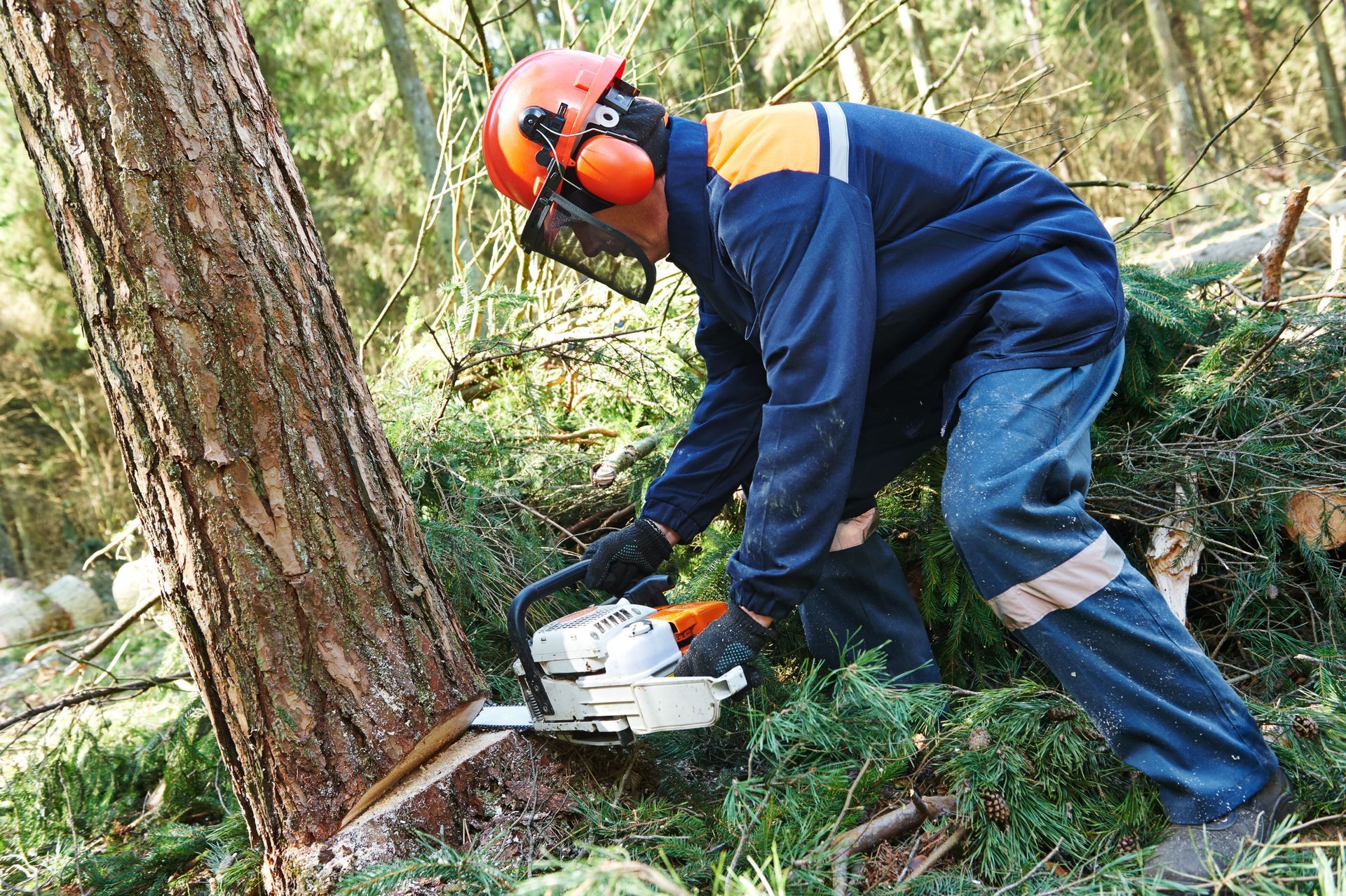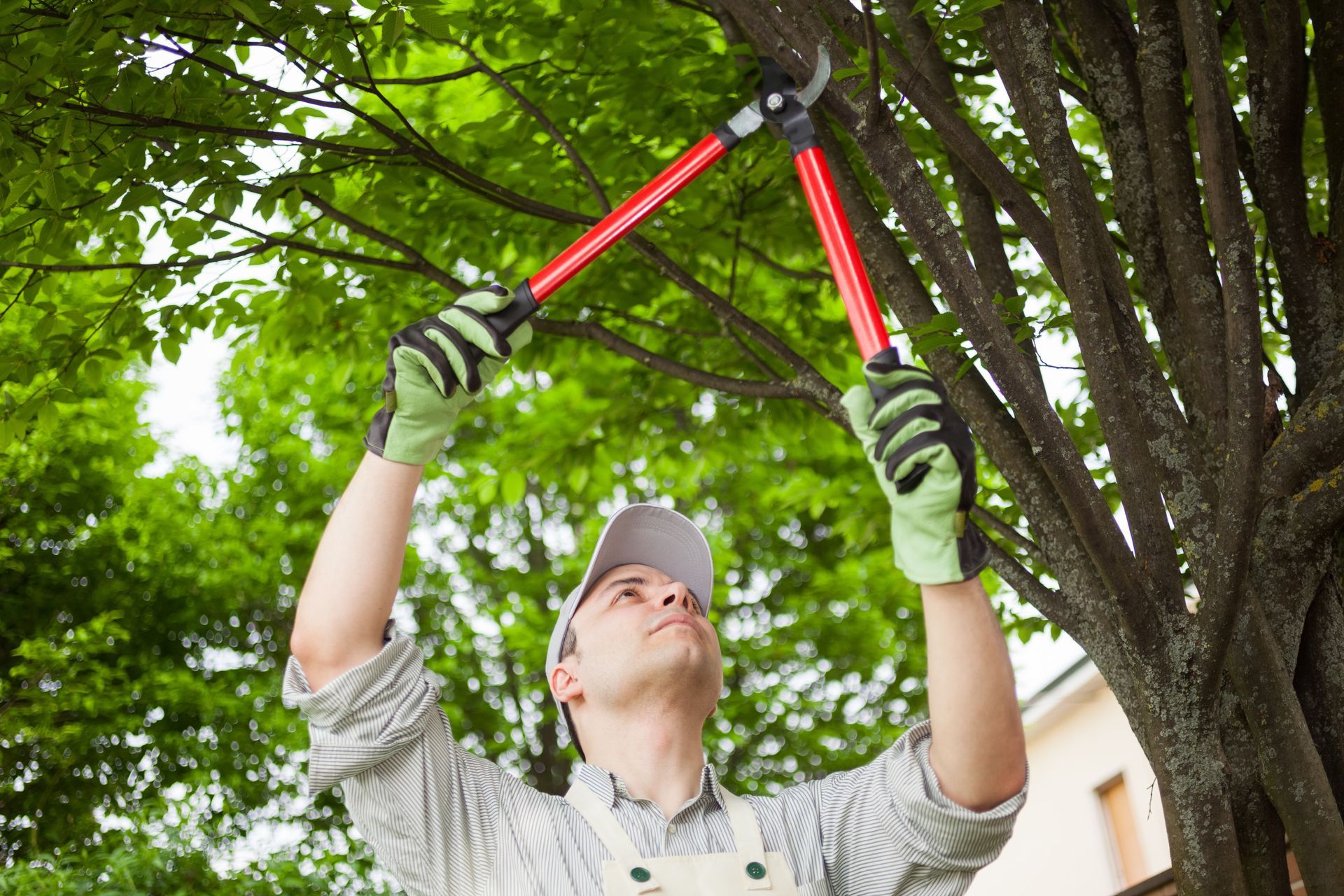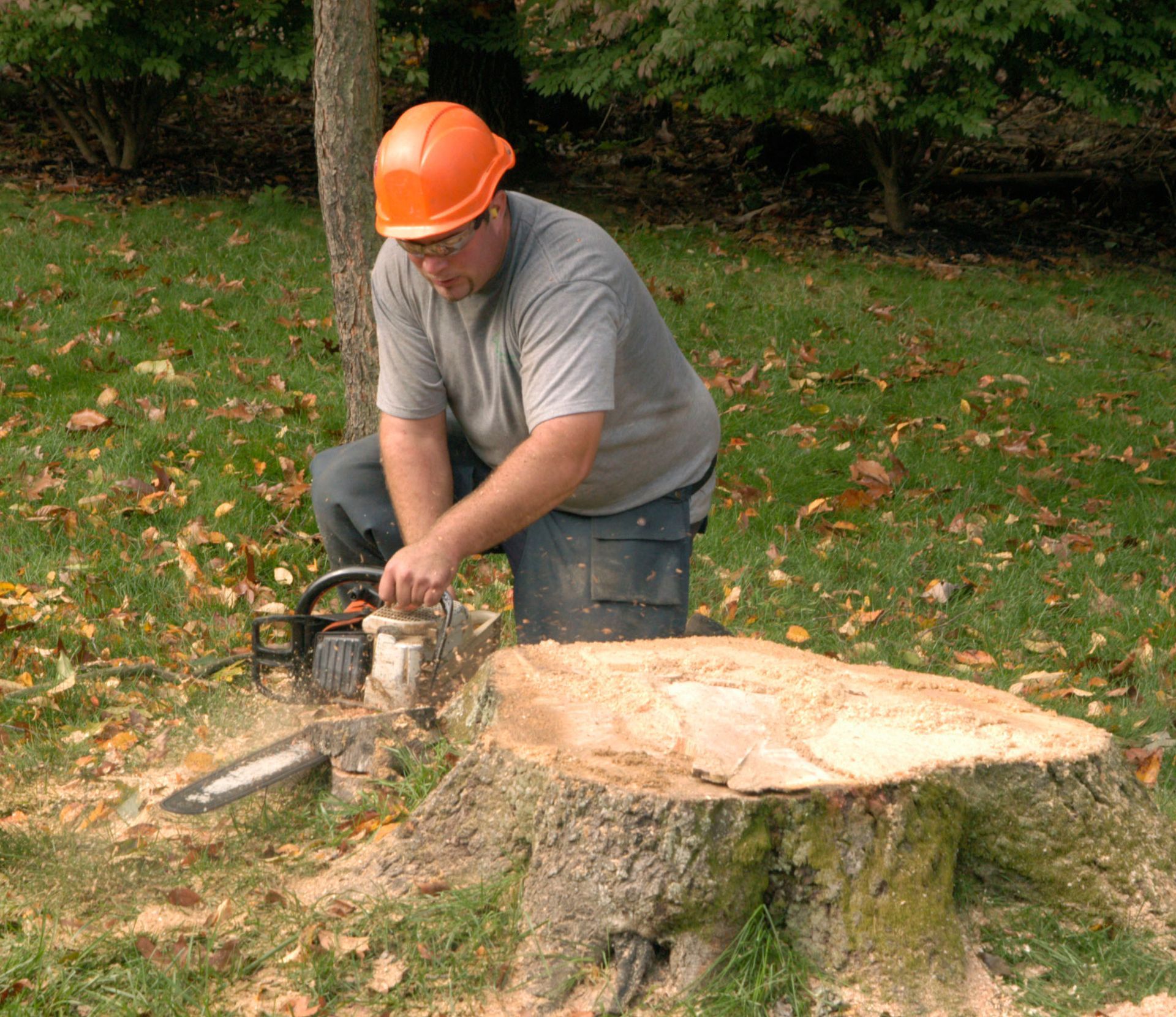Tree Trouble: 6 Clues It’s Time for Removal
Understanding when a tree needs to be removed is crucial for the safety and aesthetics of your property. While trees provide many benefits, there are times when removal is necessary. This article explores key indicators that can help you determine when it's time to let go of a tree. Some signs might be obvious, while others require a more detailed inspection. By the end of this article, you'll have a comprehensive overview of the different situations that may necessitate tree removal.
1. Visible Signs of Disease
Trees, like any living organism, can fall victim to diseases that may necessitate their removal. Fungal growth is often a visible indicator of underlying disease, as fungi thrive on decaying wood. If you notice mushrooms or fungal structures at the base of a tree, it may suggest internal rot. Discolored or wilted leaves can also indicate health issues, pointing to the tree's inability to effectively transport water and nutrients. Additionally, bark abnormalities, such as unusual shedding or cracks, often signify a weakened tree.
Cankers, which are dead sections on the trunk or branches, are also a clear sign of disease. These can grow and eventually girdle the tree, disrupting the movement of nutrients. Sudden limb dieback, where branches die rapidly, is another cause for concern. It could mean the tree is under stress from a disease that prevents it from sustaining its branches. Regular inspections are key to spotting these signs early.
According to ConX Pros, 43% of those seeking tree services are looking for tree removal, often because of disease. A sick tree poses risks not only to itself but also to surrounding vegetation and property. Diseases can spread, and affected trees can become safety hazards. Therefore, identifying and removing diseased trees is essential to maintaining the overall health of a landscape. This preventative action can minimize future issues and protect your property investment.
2. Structural Instability
Structural instability in trees can be dangerous and often necessitates removal from a professional tree service. One of the more apparent signs of instability is a tree leaning. While some trees naturally grow at a tilt, a sudden or noticeable lean can indicate root damage or ground instability. Cracks in the trunk are another indicator that the tree's structural integrity is compromised. These can arise from environmental stress or internal decay, and pose a significant risk as they can lead to the tree splitting.
Weak branch unions occur when branches grow too closely together, often forming a tight "V" shape. These unions are prone to breaking under stress, such as heavy winds. Additionally, root problems can greatly affect a tree's stability. Damaged or exposed roots may not anchor the tree properly, increasing the chance of toppling. Furthermore, signs of recent uprooting, like disturbed soil around the tree base, indicate a compromised root system.
Trees with structural issues can become liabilities, especially in populated areas. Property owners must regularly assess their trees for signs of instability to prevent accidents. In cases where structural problems are identified, removal may provide the safest resolution. Consulting with a certified arborist can verify an assessment and offer guidance on the appropriate course of action.
3. Environmental Factors
Environmental factors can significantly impact tree health and stability, sometimes leading to the need for removal. Storm damage, such as lightning strikes, can cause sudden and severe harm to trees. High winds and heavy rains can break limbs and destabilize roots. Drought conditions also place immense stress on trees, hindering their ability to absorb vital nutrients. Over time, drought-stressed trees become more susceptible to disease and infestation.
Trees situated near power lines are also prime candidates for removal due to the inherent risks. Proximity to these structures not only poses fire hazards but can also interrupt the electricity supply if branches interfere with lines. Fire-damaged trees may appear charred on the outside, but the internal damage can be significantly worse. This damage decreases their structural stability, making them more prone to falling. Soil erosion around roots due to heavy rainfall or construction work can further destabilize trees.
Identifying trees affected by environmental factors is crucial for preventing potential hazards. An accurate assessment often requires professional evaluation from a tree service. Arborists can help determine the extent of environmental damage and advise on whether removal is necessary. In many cases, removing compromised trees can prevent further property damage and ensure safety. Early detection and action can mitigate most risks posed by environmental factors.
4. Pest Infestations
Pest infestations are a common problem that can lead to tree removal if left unchecked. Evidence of boring insects, such as small holes in the bark or sawdust piles, may indicate an infestation. These insects bore into the tree's internal structures, disrupting nutrient flow. Additionally, the presence of larvae or beetles can signify an infestation's progression. In severe cases, a tree might become completely hollow, posing a safety risk.
Woodpecker activity often points to underlying pest issues, as these birds search for insects burrowing within trees. Damage from woodpeckers includes holes and bark removal, weakening the tree structurally. Leaf and shoot damage from chewing insects is also a concern, as it can compromise a tree's photosynthetic ability. Fruiting bodies or mold on or near a tree can indicate decay resulting from pest activity. These signs should be assessed promptly to prevent further damage.
Pest-infested trees pose serious risks to both the affected tree and its surroundings. Immediate action from a professional tree service helps prevent the spread of pests to other trees and reduces structural failure.
5. Safety Concerns
Safety concerns are a primary reason for considering tree removal. A tree's potential for falling debris or entire collapse poses significant risks to people and property. For example, trees located near buildings or play areas require careful monitoring due to the risk of damage or injury. Proximity to buildings also increases the chance of roots causing foundational damage. This can lead to costly structural repairs if not addressed promptly.
Risk to public spaces, such as parks and roads, where trees can obstruct the view, is a serious concern. A tree blocking driver visibility can cause traffic accidents, making timely removal crucial. Similarly, root systems near foundations can interfere with underground utilities or weaken pavement. Large roots can disrupt sidewalks, creating hazards and potential liabilities for property owners. Regular evaluations help identify these safety concerns early.
6. Cost vs. Benefit Analysis
When considering tree removal, weighing the costs against the benefits is a valuable exercise. The cost of tree maintenance versus removal is a primary consideration for many property owners. Regular maintenance, such as pruning and disease treatment from a local tree service, can add up over time. In contrast, a one-time removal might be more cost-effective, especially if a tree shows ongoing issues. The decision often rests on financial implications versus the perceived value the tree adds to the property.
Impact on property value is another important factor. While mature trees can enhance curb appeal, a diseased or unstable tree might detract from an overall property valuation. It's essential to compare long-term safety costs against the potential benefits of keeping the tree. Expert assessments provide clarity by offering professional insights and recommendations. These evaluations aid in determining whether a tree's removal aligns with property goals and safety standards.
Deciding whether a tree needs to be removed requires careful assessment of various factors, from health and structural stability to environmental and safety concerns. By considering these aspects and possibly consulting with a professional arborist, you can make informed decisions that prioritize the well-being of your surroundings.
Unsure if that tree needs to go? Let the experts at M & T Tree and Stump Removal take a look—schedule your consultation today and protect your property before issues arise.






Share On: